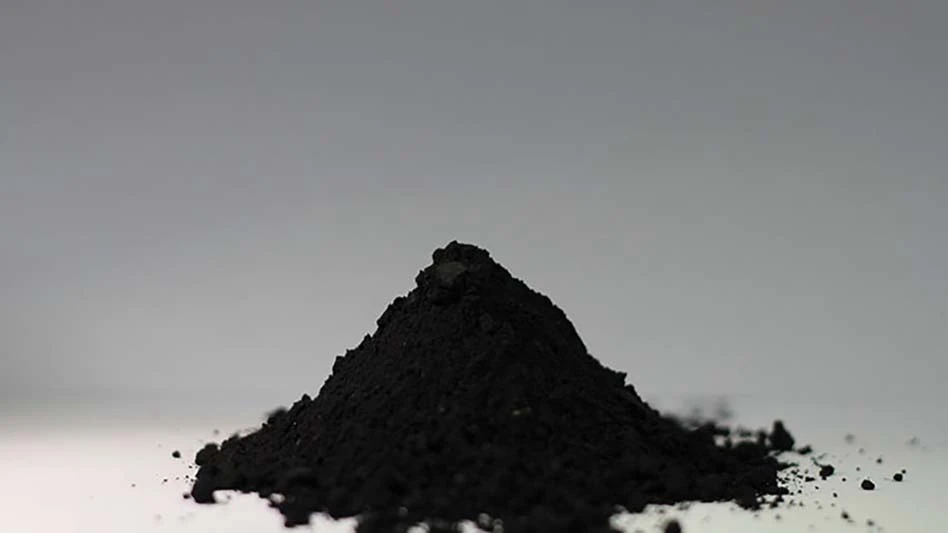
© Ashdesign - Dreamstime.com
Schnitzer Steel Industries Inc., Portland, Oregon, has announced that it experienced strong sequential improvement in operating performance in its second fiscal quarter of 2020, which ended Feb. 29.
According to a news release from Schnitzer Steel, the company’s Auto and Metals Recycling (AMR) division achieved operating income in the second quarter of $19 million, or $23 per ferrous ton, which is an improvement from an operating loss of $2 million in the first quarter of 2020. After reaching multiyear lows in October, ferrous selling prices rose significantly through mid-January, before softening in February, Schnitzer Steel reports.
On a sequential basis, average ferrous net selling prices at AMR were 14 percent higher, outpacing the rise in purchase costs for raw materials and lifting operating results by expanding metal spreads. In the higher price environment, supply flows improved despite the adverse impact of winter seasonality, which led to a 2 percent sequential increase in ferrous sales volumes. The company reports that its nonferrous sales volumes were down 14 percent sequentially due primarily to the timing of shipments.
The AMR unit’s sequential performance reflected benefits from increases in the price of platinum group metals (PGM) products, as well as benefits from productivity initiatives implemented during fiscal 2020, which led to a reduction in selling, general and administrative (SG&A) expense. Second-quarter operating results also included a benefit from average inventory accounting of approximately $4 million compared with an adverse impact of $4 million in the first quarter of fiscal 2020 and an adverse impact of $1 million in the second quarter of fiscal 2019.
In addition, export customers accounted for 68 percent of total ferrous sales volumes for the quarter. Ferrous and nonferrous products were sold to 20 countries in the second quarter, with Bangladesh, Turkey and Thailand representing the top export destinations for ferrous shipments.
Schnitzer Steel reports that its Cascade Steel and Scrap (CSS) business achieved an operating income of $4 million in the second quarter, which is in line sequentially. Operating results in this business unit benefited from increased recycling margins, higher finished steel sales volumes and productivity initiatives. Finished steel sales volumes in the second quarter were 13 percent higher sequentially amid robust construction demand in West Coast markets during the quarter and relatively mild winter weather, the company states. Recycling revenues were 10 percent higher sequentially primarily due to the higher scrap price environment.
These benefits were offset by the adverse impact of $1 million associated with planned maintenance in the quarter and margin compression caused by the decrease in average net selling prices for finished steel products which outpaced the decrease in purchase costs of steel-making raw materials, the company states.
“Our strong second-quarter results reflect the resiliency of our operations and the ability of our team to navigate well during an improving but still volatile quarter,” says Tamara Lundgren, chairman and chief executive officer at Schnitzer Steel. “Both divisions achieved higher sales volumes and benefited from strong execution of the productivity initiatives we implemented during the quarter. In addition, our strong focus on working capital management enabled us to deliver positive operating cash flow notwithstanding higher prices for raw materials.”
Response to COVID-19
During the COVID-19 pandemic, Lundgren says Schnitzer Steel’s facilities have continued operating, given that their business units have been included as essential as defined by the U.S. Department of Homeland Security.
“We have implemented additional steps to protect our employees and visitors to our sites and, where possible, our employees are working remotely,” she says. “While near-term market conditions, including commodity prices and customer demand, remain subject to significant uncertainty and volatility, we have a strong balance sheet with low net leverage and significant cash on hand to weather declines in demand.”
Additional changes
In a separate announcement, Schnitzer Steel has announced board leadership changes, including the appointment of Lundgren to the additional position of board chairman, succeeding John Carter, who continues as a member of the board and chairman emeritus, with Wayland R. Hicks continuing as lead independent director.
Additionally, Schnitzer Steel has announced plans to transition from its multidivisional organizational structure to a functionally based, integrated operating model. The company will consolidate its operations, sales, services and other functional capabilities at an enterprise level. This new structure will result in a more agile organization and solidify the productivity improvement and cost reduction initiatives announced at the start of this fiscal year that have been substantially implemented. The company expects to transition to the new operating model during the remainder of fiscal 2020 and to report its financial results in a single segment commencing with the first quarter of fiscal 2021.
Get curated news on YOUR industry.
Enter your email to receive our newsletters.
Latest from Recycling Today
- BIR calls for fair standards, circular solutions in defining ‘green steel’
- LME reports active Q2
- Liberty Steel assets facing financing deadlines
- Sims is part of Australian recycling loop
- Tariffs target steel exporters Brazil, Canada and South Korea
- Buy Scrap Software to showcase its software at Scrap Expo in September
- LG details recycling activities
- Algoma EAF is up and running






